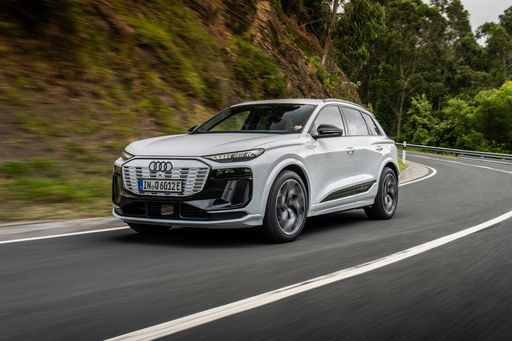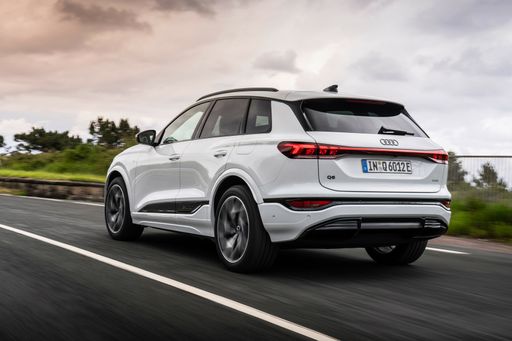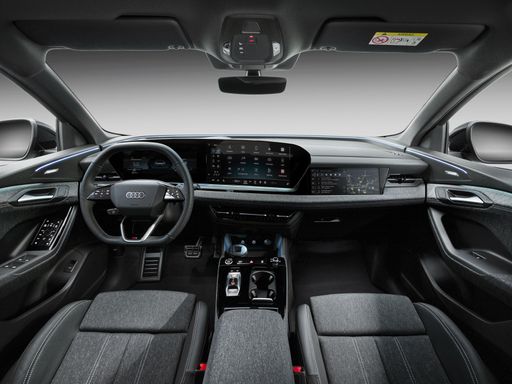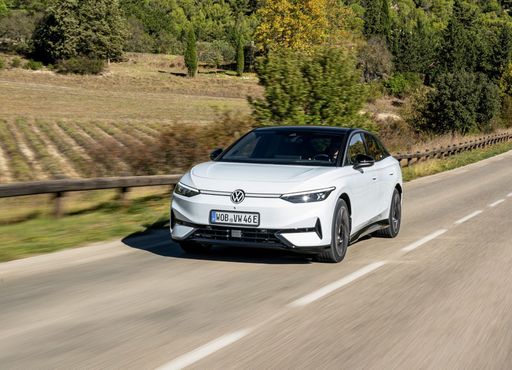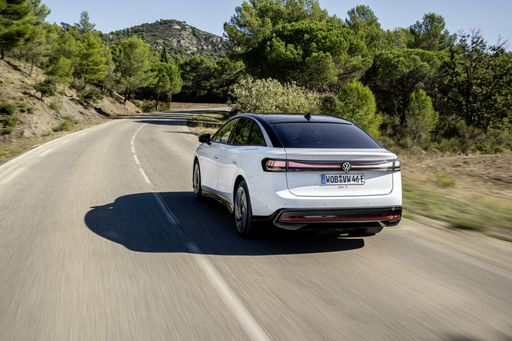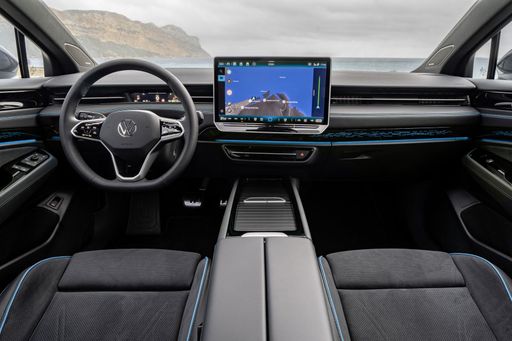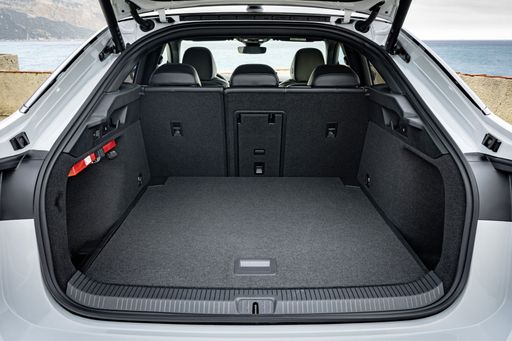Introduction: The Battle of Electric Titans
As the automotive industry increasingly shifts towards electrification, consumers are presented with a myriad of compelling options. Two notable contenders making significant strides in the electric vehicle segment are the Audi Q6 e-tron and the VW ID.7. While both vehicles emanate from the German automotive powerhouse Volkswagen Group, they offer distinct characteristics tailored for diverse driving needs and preferences. Let’s delve deeper into a head-to-head comparison of these exciting models.

